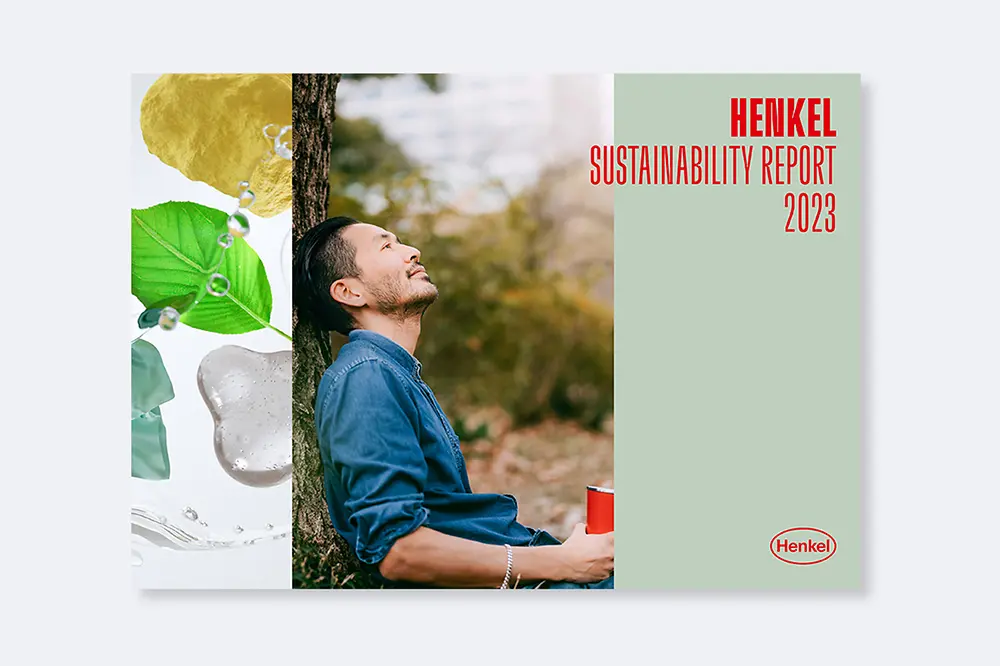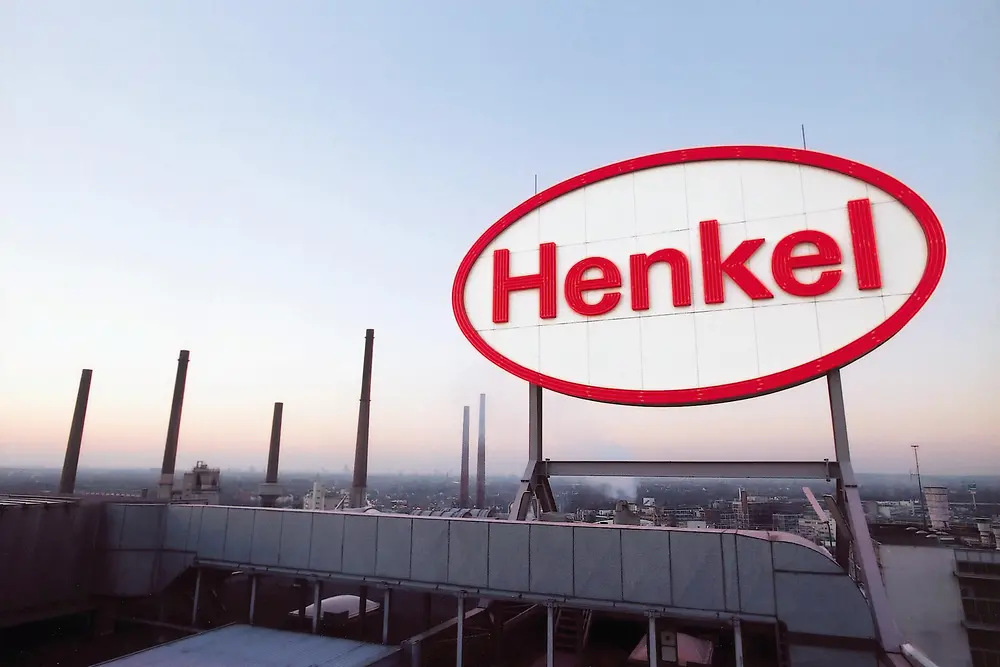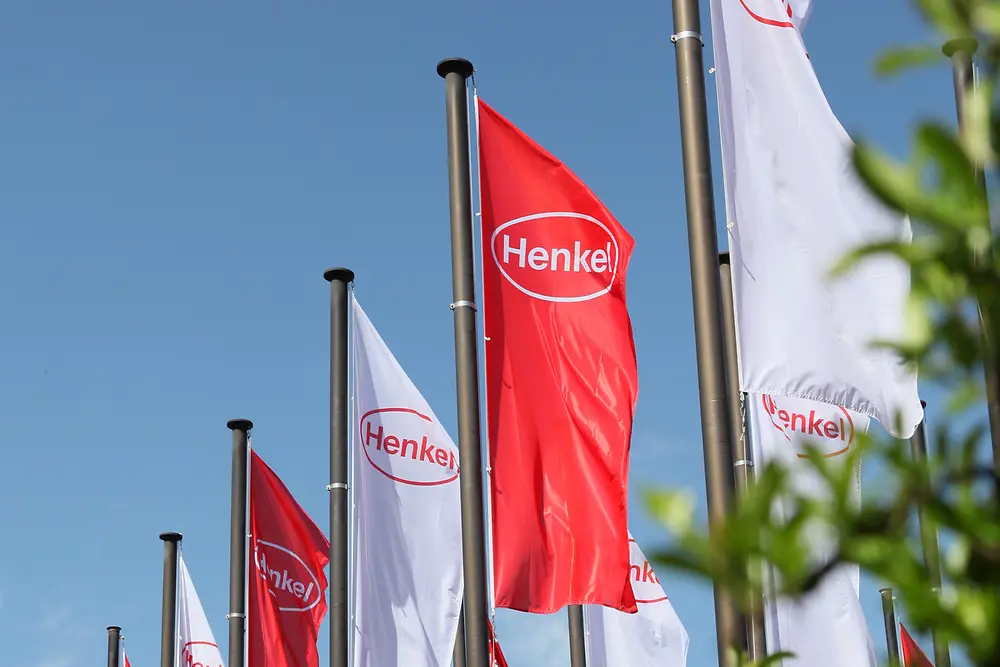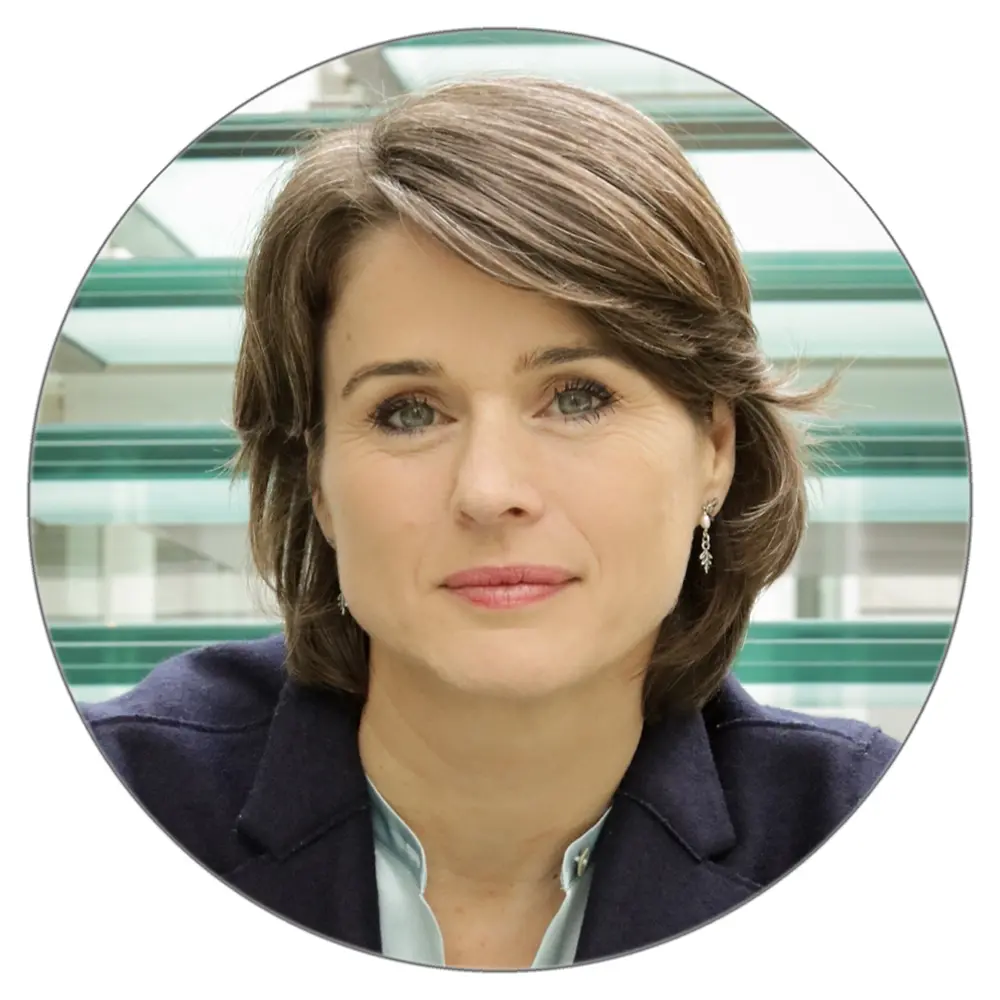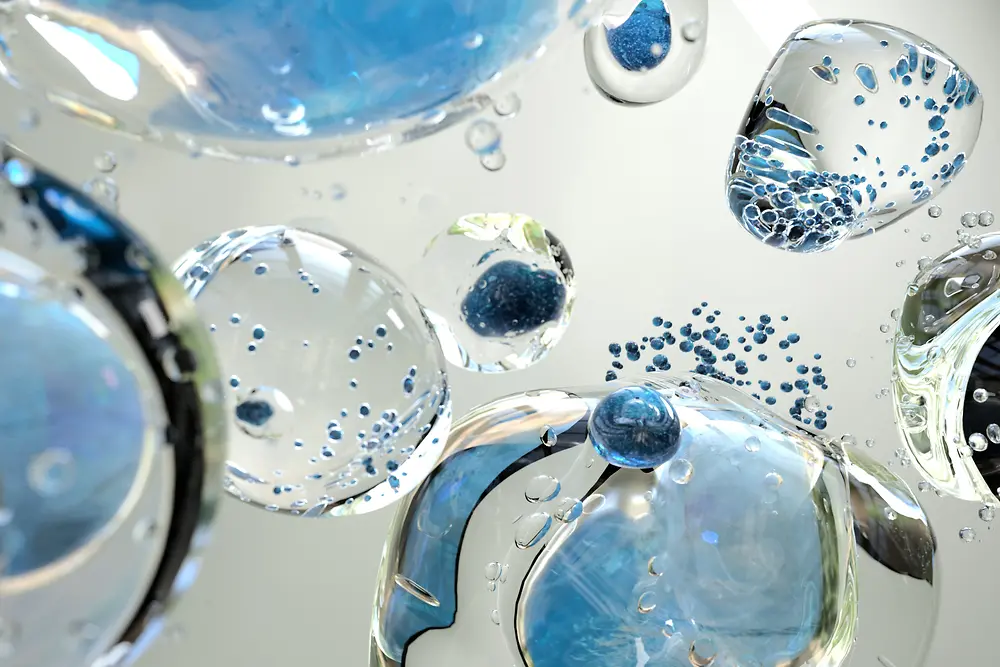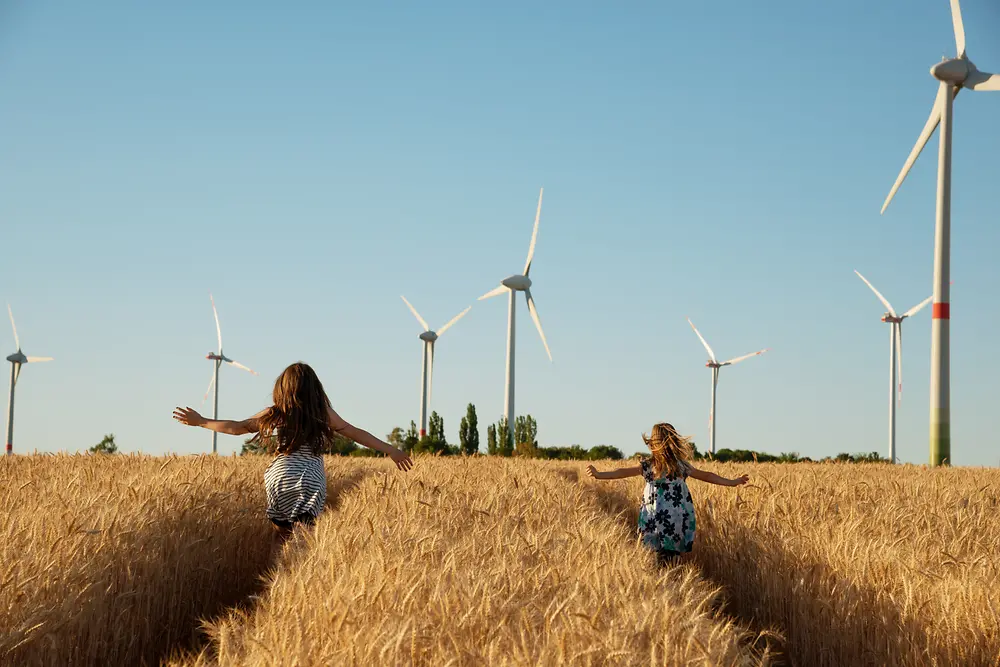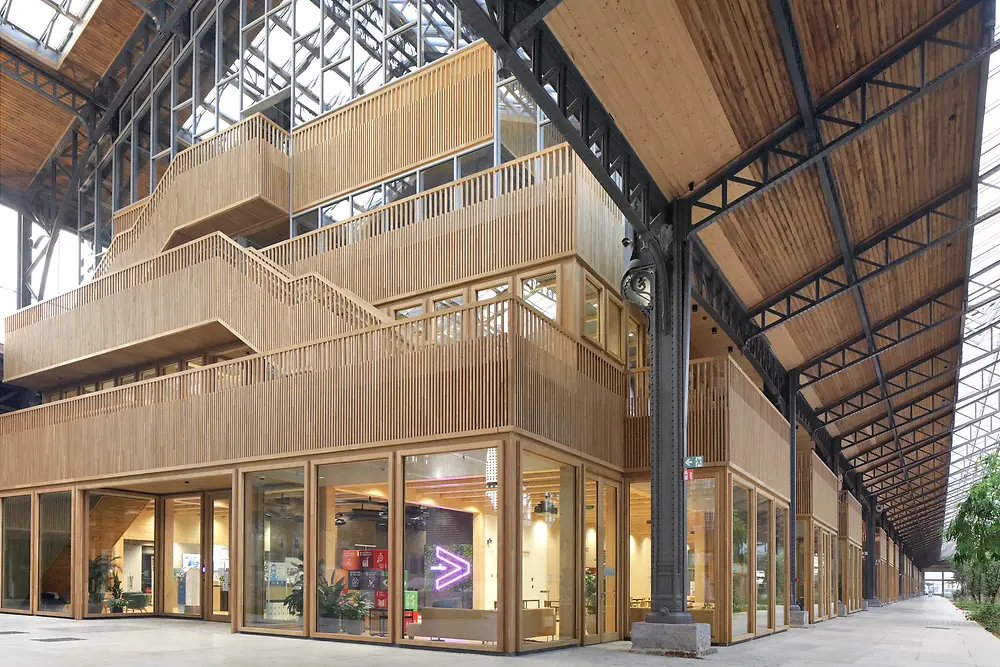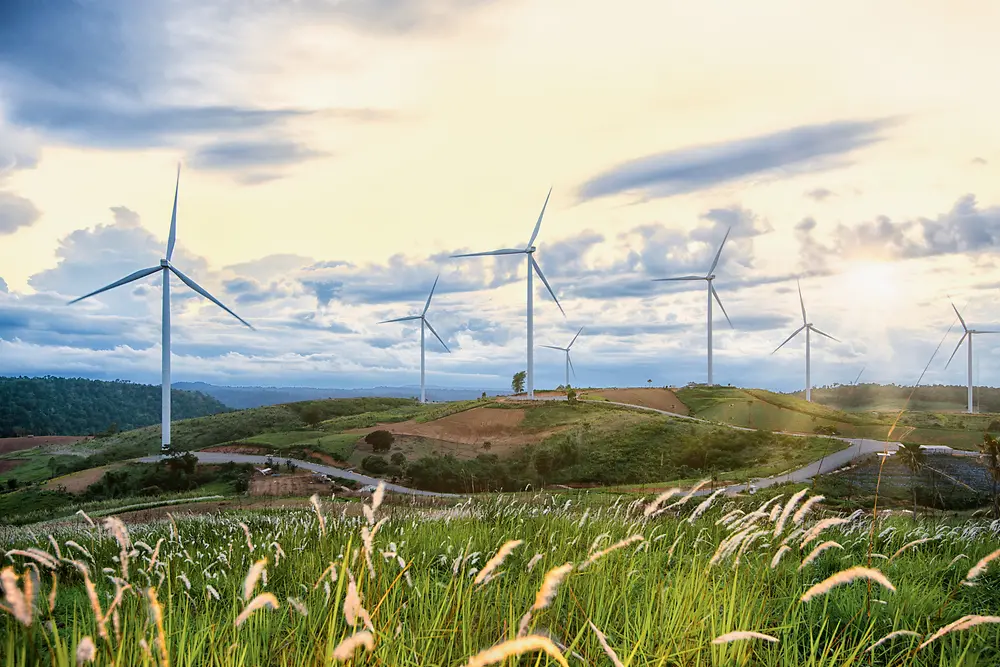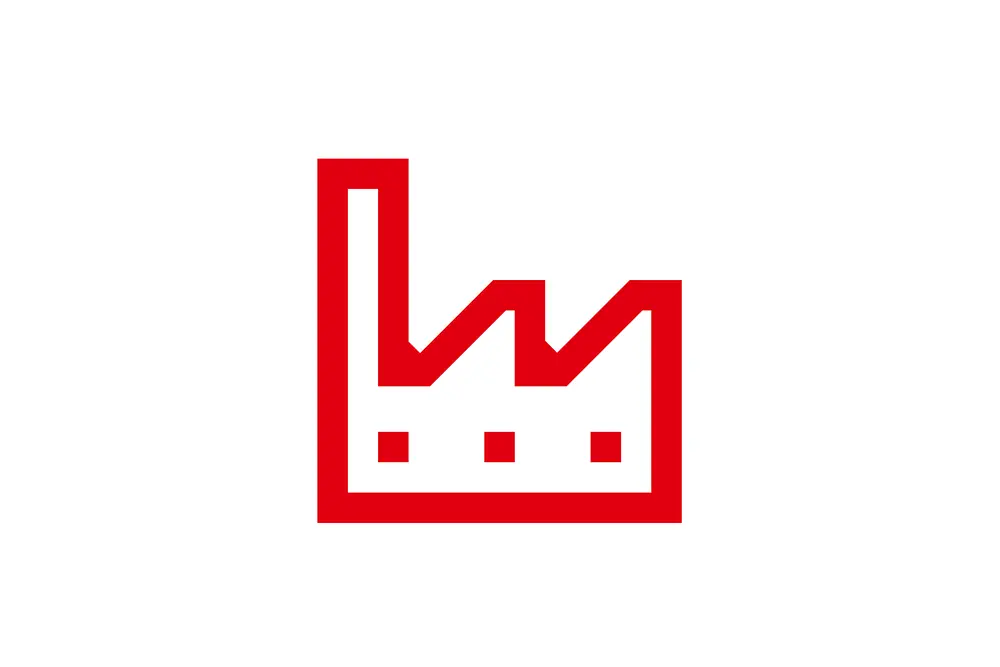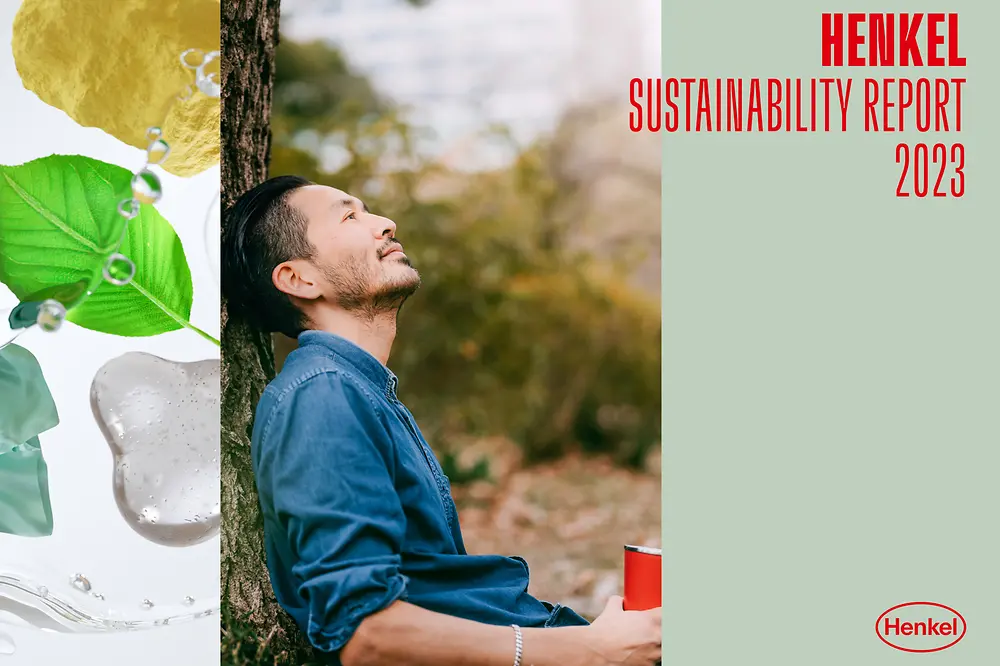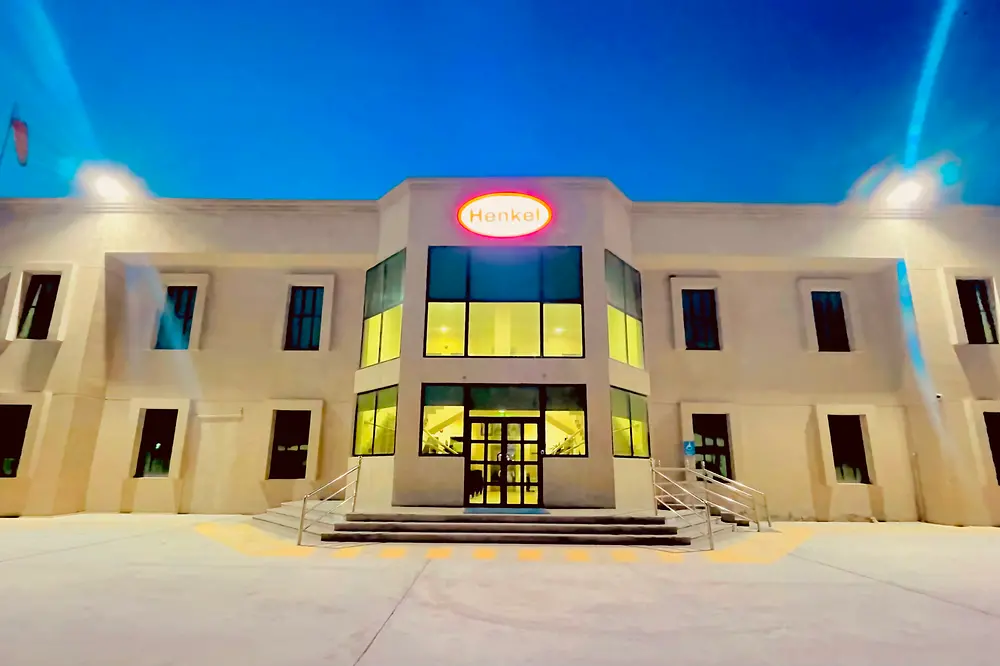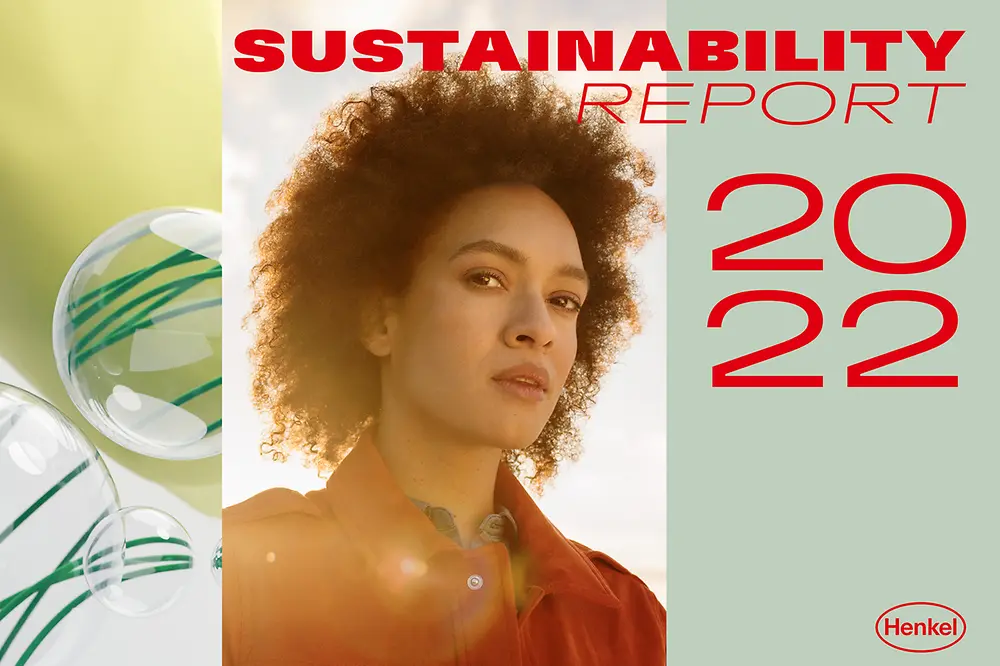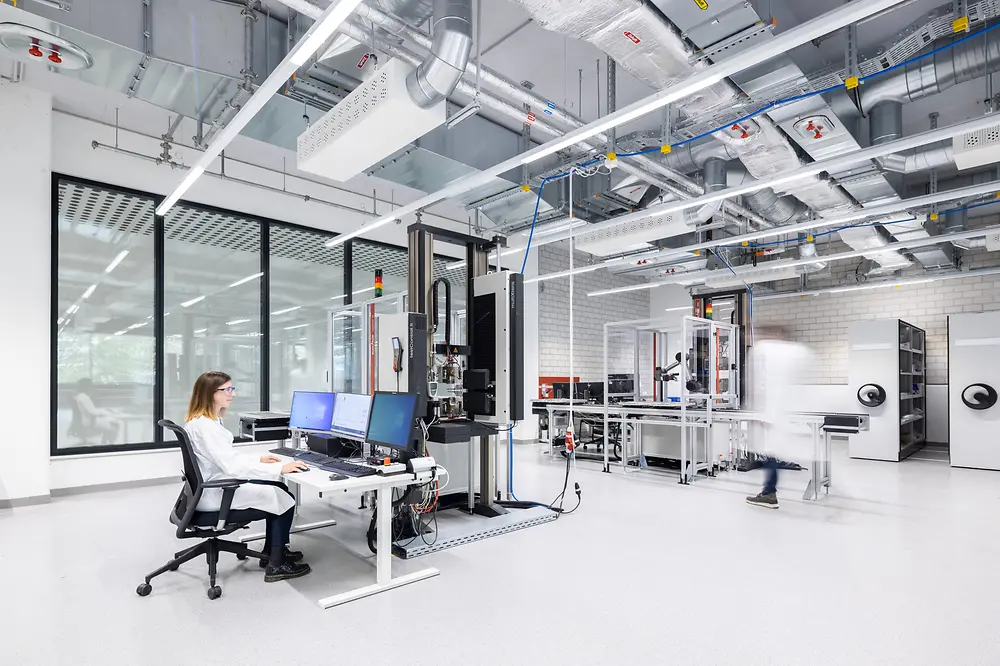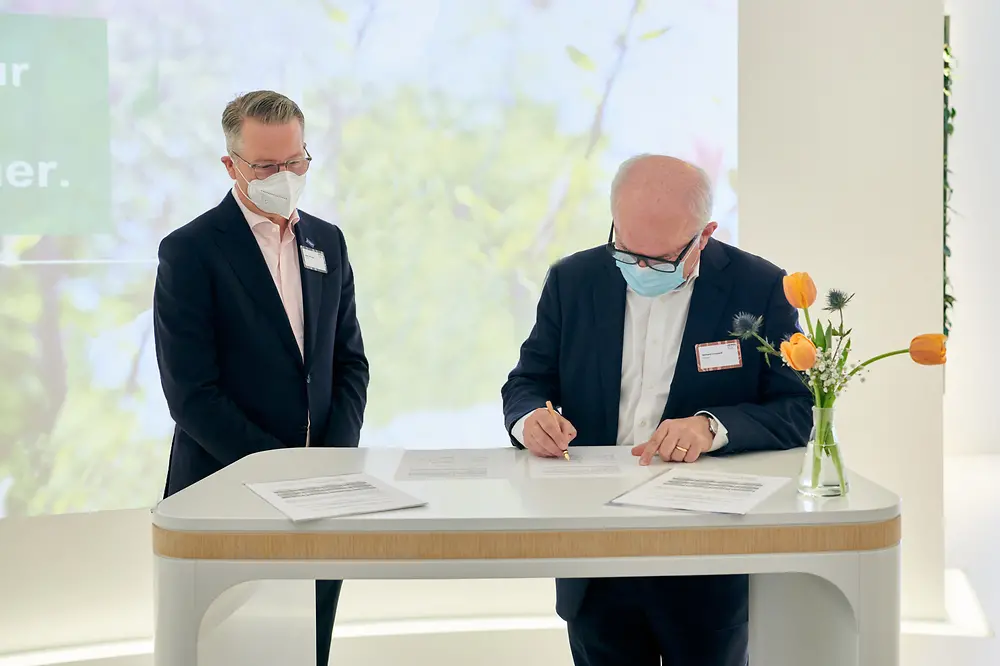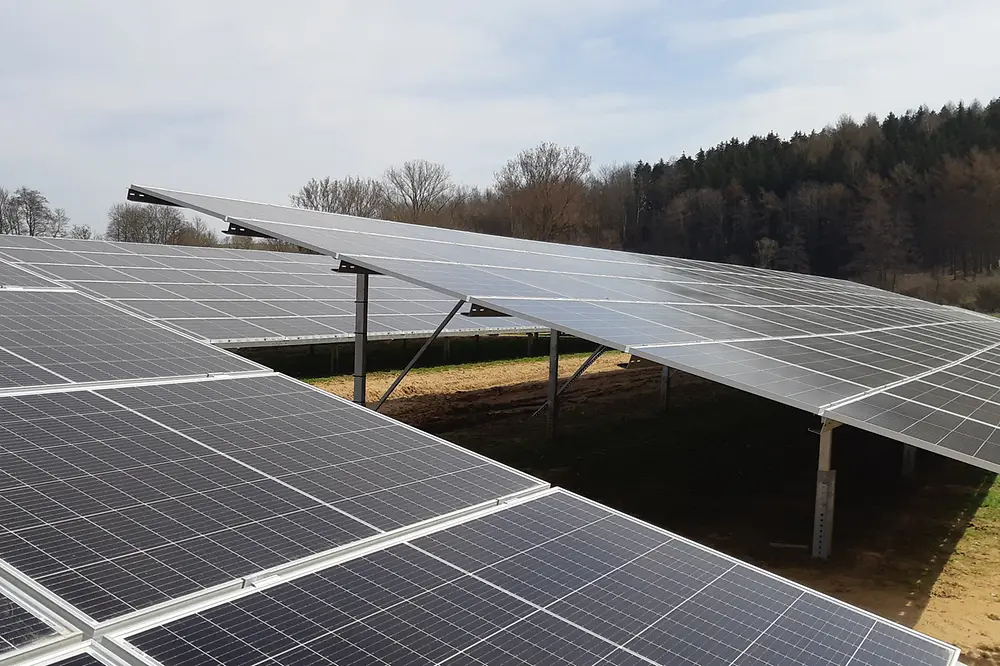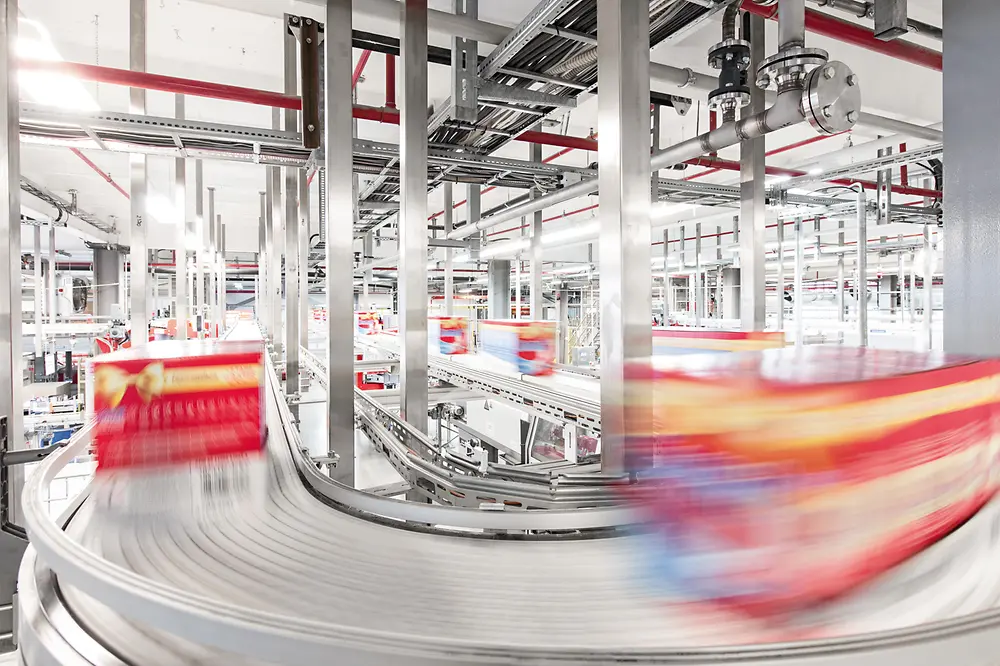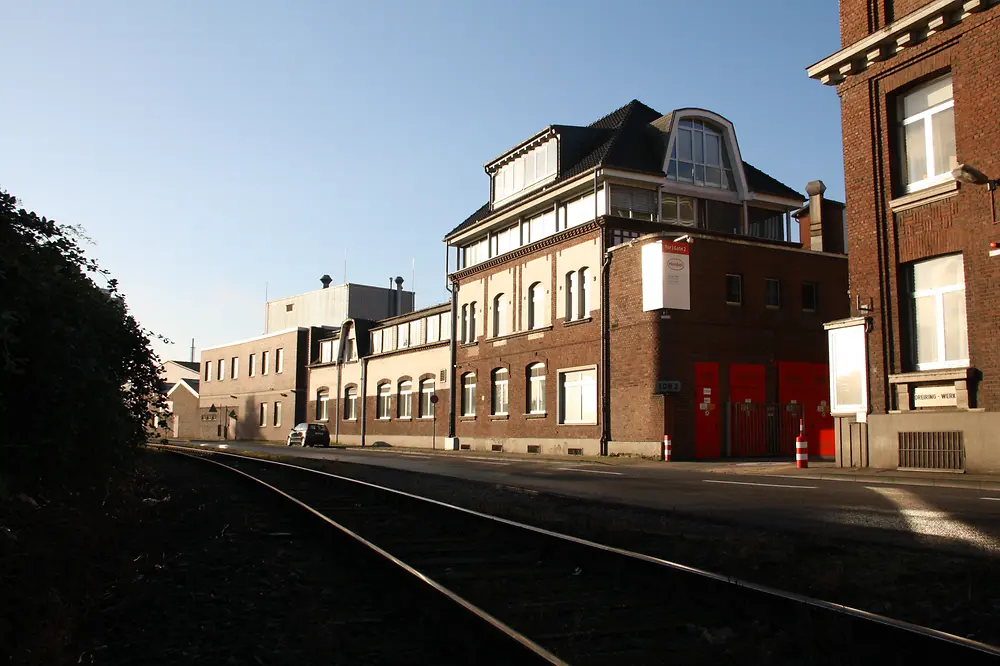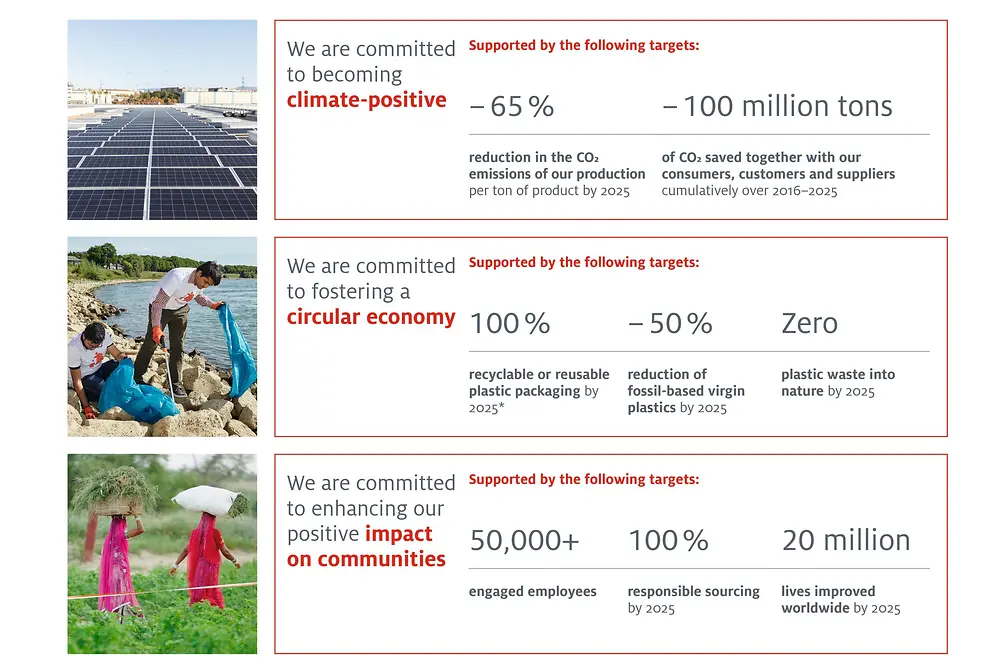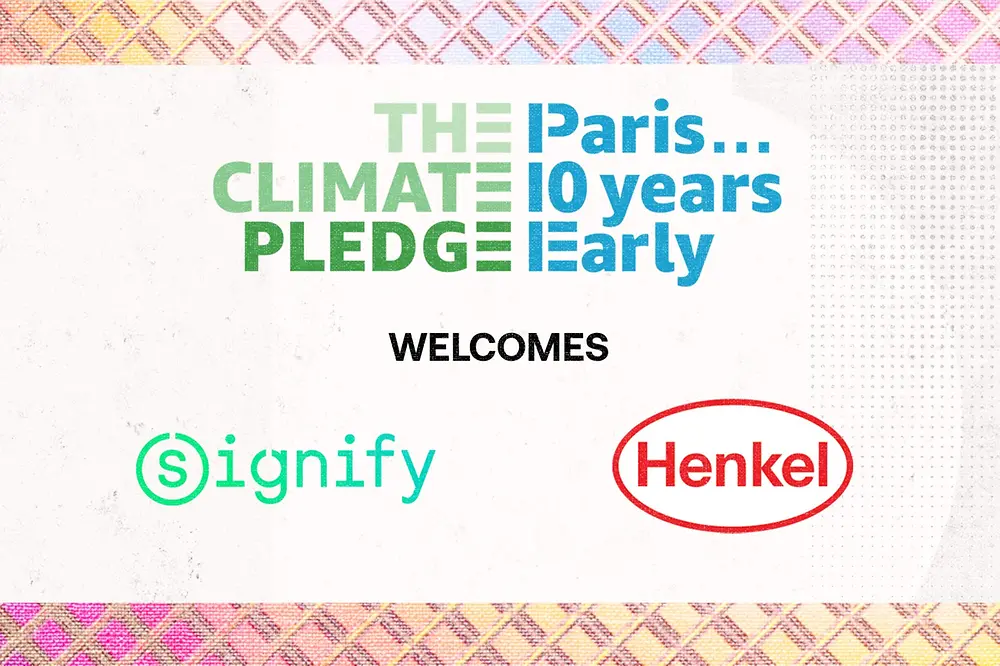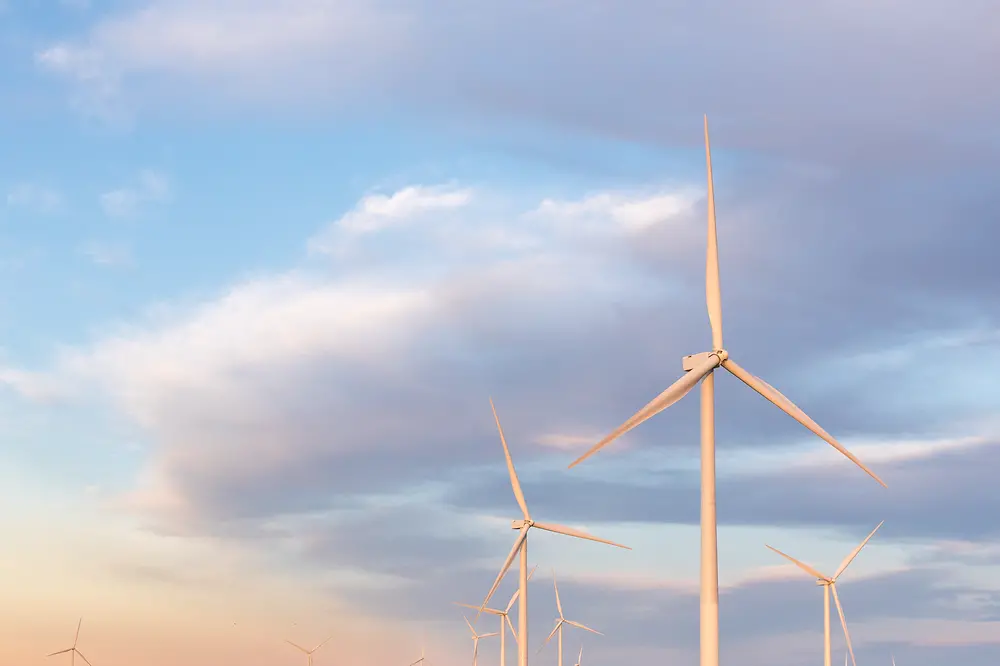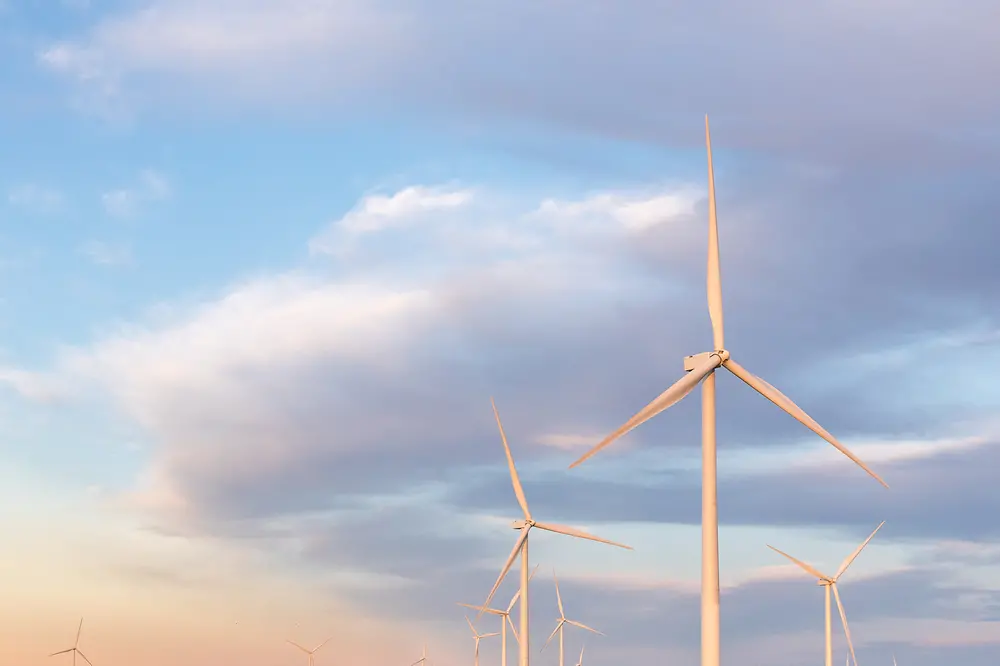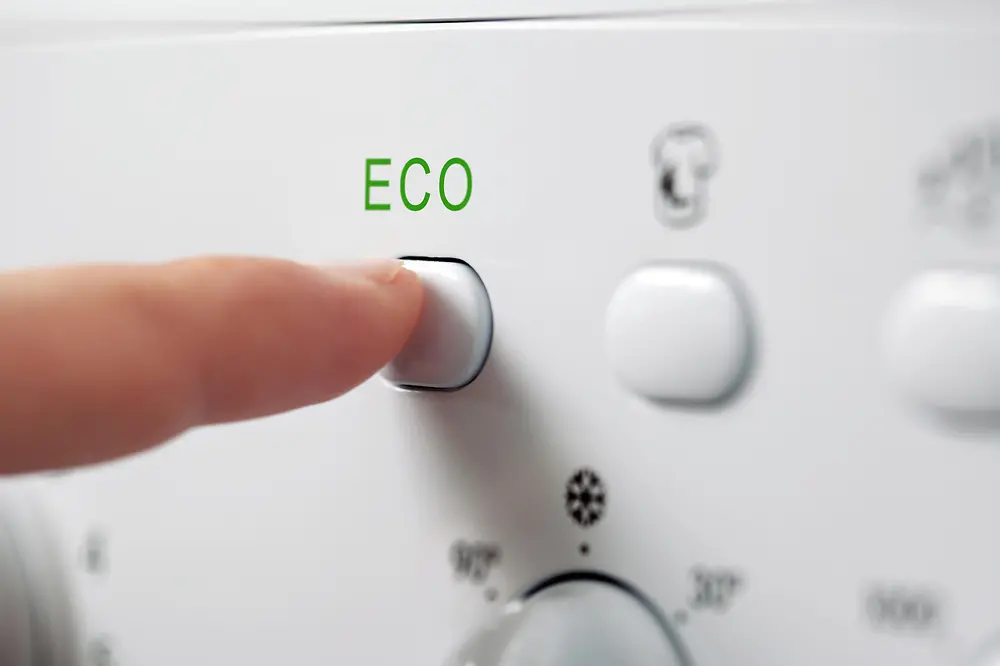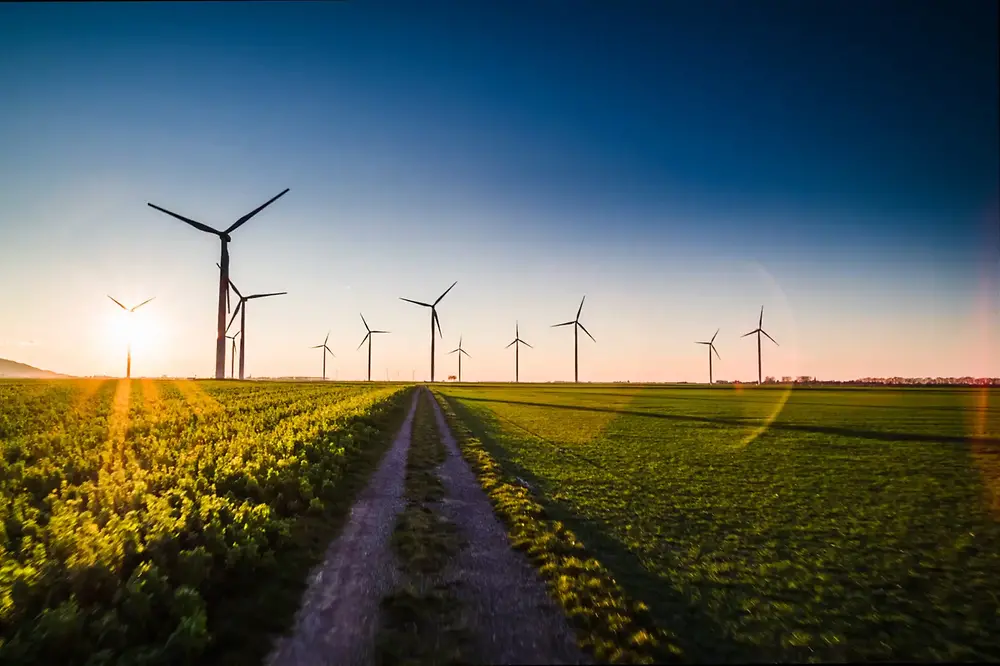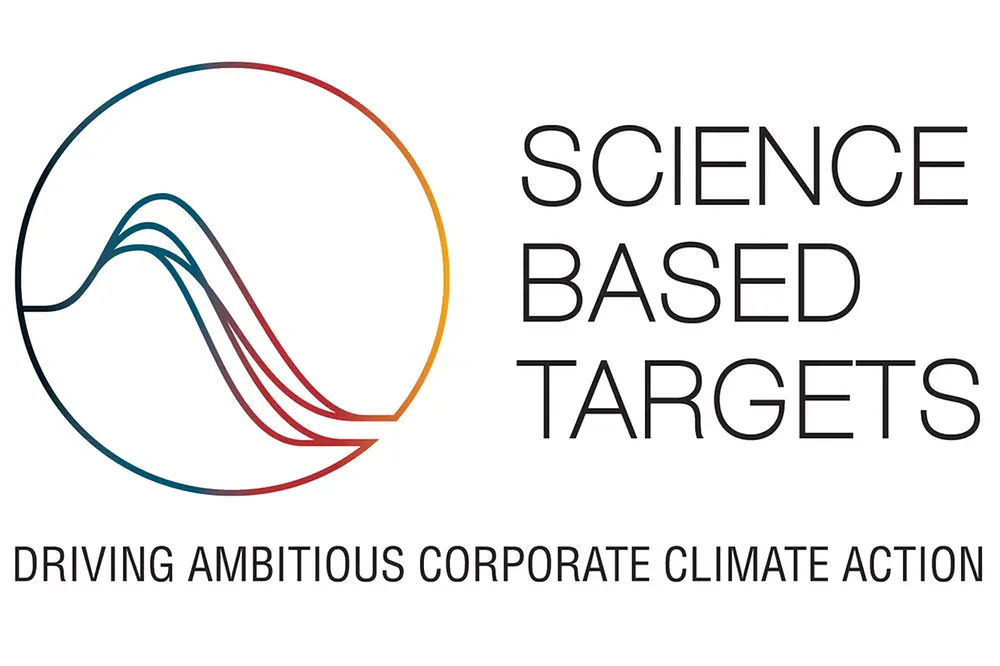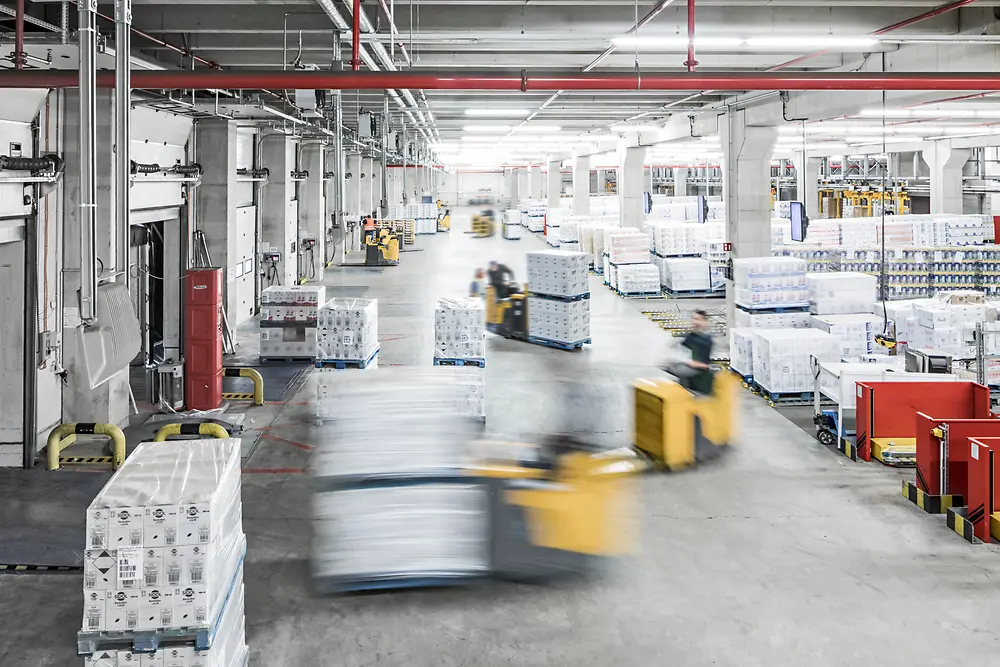There are opportunities for businesses to improve energy efficiency at every stage in the value chain. To decrease a product’s environmental footprint, its resource and energy consumption can be improved from sourcing through to delivery. Henkel’s research and development teams are constantly developing smarter packaging that use a minimum amount of material overall and a maximum amount of material that is recycled or that can be easily recycled to promote a circular economy.
We also focus on constantly improving our production sites and processes around the world, taking the standards of each country into consideration, and providing country-specific approaches and solutions. Implementing new technologies can also give production processes an ecological boost. With a global digital Environment Management System, production sites can track exactly how much energy and other resources are consumed in a day – all in real-time. The transport networks that carry products out into the world are also supported by new technologies. With the introduction of Industry 4.0, manufacturing has never been more efficient, flexible, or intelligent. Automation, sensor technology, data exchange, and real-time analytics increase resource efficiency along the entire production chain. With so-called "digital twins" – cloud-based 3D replicas of plants – we simulate operations, for example, and optimize our processes based on data. Our pioneering work in the area of Industry 4.0 and the use of digital methods to implement our sustainability strategy have already received several awards from the World Economic Forum. Our Laundry and Home Care production in Toluca, Mexico, and our production at the Düsseldorf site, and Montornès del Vallès, Spain, are among the "lighthouse" projects.

